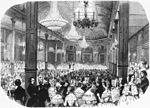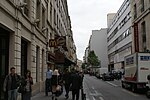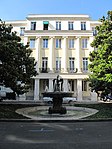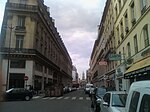Rue de la Victoire
Paris road stubsStreets in the 9th arrondissement of Paris
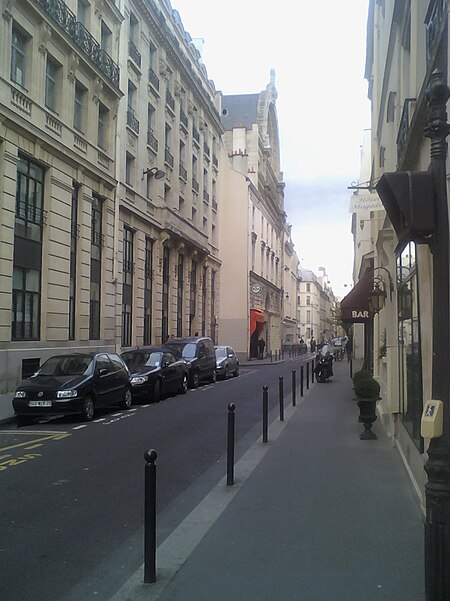
The rue de la Victoire is a street in the 9th arrondissement of Paris. The former name of the street was "rue Chantereine", which means "singing frogs", after the many frogs in the area as the quarter was swampy. The street took the name "rue de la Victoire" in 1797 after the success of Napoleon's campaign in Italy. In 1816, during the Bourbon Restoration, the street changed its name, but the name was restored in 1833.
Excerpt from the Wikipedia article Rue de la Victoire (License: CC BY-SA 3.0, Authors, Images).Rue de la Victoire
Rue Taitbout, Paris 9th Arrondissement (Paris)
Geographical coordinates (GPS) Address Nearby Places Show on map
Geographical coordinates (GPS)
| Latitude | Longitude |
|---|---|
| N 48.875180555556 ° | E 2.3352111111111 ° |
Address
Tour de Thaï
Rue Taitbout
75009 Paris, 9th Arrondissement (Paris)
Ile-de-France, France
Open on Google Maps
